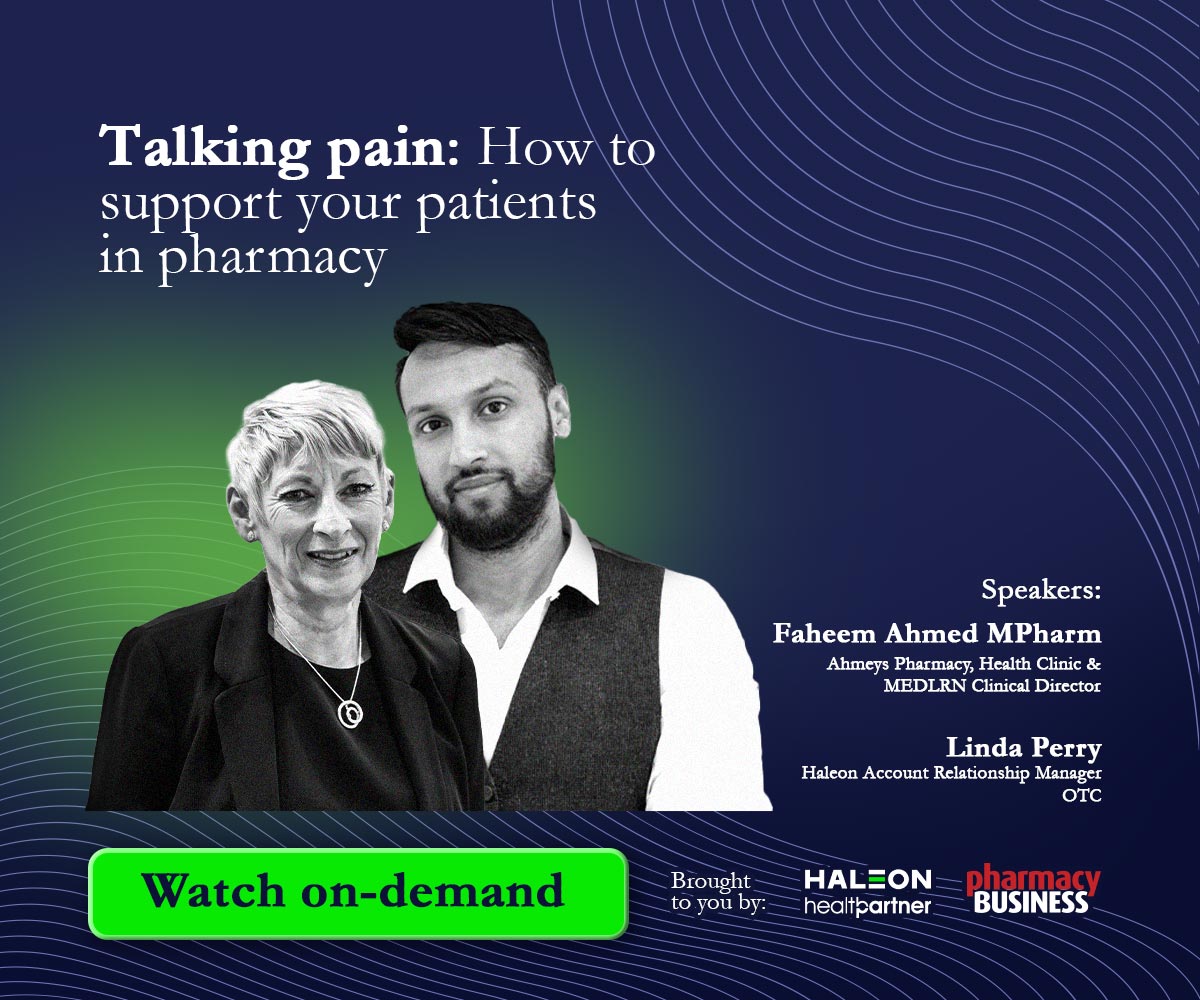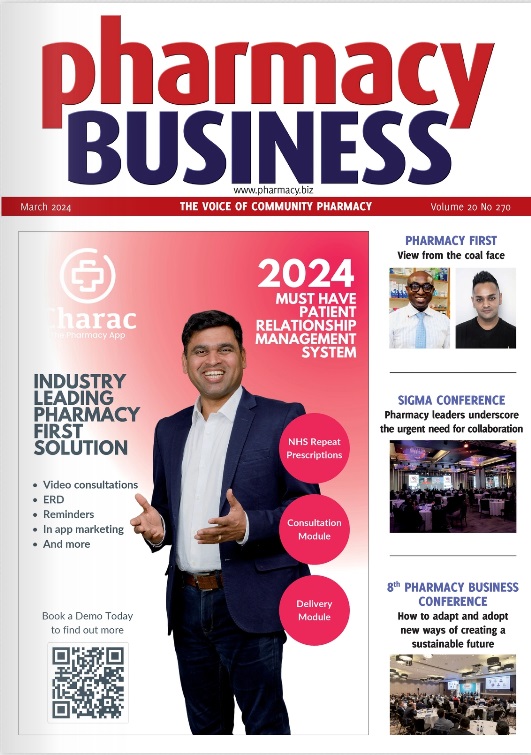The vein carries blood from the body back to the heart for oxygenation. Vein problems may result in insufficient blood flow, leading the different signs and symptoms. A blown or collapsed vein means that blood cannot flow freely. If the vein damage is severe enough, it may result in blood blockage, possibly causing stroke and even death.
In this article, you’ll learn the signs of vein problems to guide you on the next steps if you experience any of them.
- Pain And Swelling Of The Legs Or Ankles
Pain and swelling indicate a vein problem, such as deep vein thrombosis (DVT), a medical condition in which the vein (usually the thigh or calf vein) develops a blood clot. Pulmonary embolism may result, a life-threatening complication of DVT, wherein the blood clot gets dislodged, and travels and blocks a lung artery.
Vein damage results in reduced blood flow and swelling, causing pain and discomfort that can last for months or years. A vein specialist can help you treat your vein problem (click this to learn more).
If you believe you have vein disease, a vein specialist will assess your condition, conduct a physical examination, and perform a Doppler ultrasound to check venous blood flow and any presence of blood clots.
Doctors usually prescribe blood thinners or anticoagulants to prevent further clots. Patients can do the following at home to manage pain and swelling:
- Take your prescribed anticoagulant medications safely
- Make some lifestyle changes to avoid forming another blood
- Take walks
- Elevate the affected leg
- Wear compression stockings

- Muscle Cramps
Muscle cramps in the legs at night is indicative of varicose veins. Increased blood pressure can weaken and damage the valves, and blood accumulates in the veins. Other manifestations include burning, throbbing, and swelling of the lower legs. The pain gets worse after prolonged sitting or standing. Also, patients report itching, and skin discoloration can be observed around the varicose vein.
Here are some ways to manage muscle cramps and other signs and symptoms of varicose veins:
- Elevate Your Legs: Place your feet on a table, lie down in bed, and elevate your legs using pillows or stretch your feet up on the wall for at least 15 minutes.
- Stretch And Exercise Your Legs: Stretching the calf muscles and flexing your feet help ease muscle cramps and pain.
- Use Cold Water: You can shower your legs with cold water to shrink the blood vessels and alleviate swelling and overall leg discomfort. Avoid hot tubs and hot baths because heat makes the pain even worse.
- Medications: The doctor may prescribe pain relievers and anticoagulants to ease muscle cramps and pain associated with varicose problems.
- Tortuous Veins
High vein pressure or venous hypertension causes malfunctioning valves, enlarging thin-walled vessels. When the veins dilate, they become tortuous. Varicose veins near the skin surface bulge or form lumps on the legs, causing tortuous veins.
Check the following treatments for tortuous veins due to varicosities:
- Compression Stockings: They apply steady pressure, reducing leg swelling and the risk of blood clots.
- Sclerotherapy: It’s the most common treatment recommended for leg veins. Sclerotherapy gives patients better results, treating small varicose and spider veins.
- Laser Treatments: Dermatologists often use laser light in treating small varicose and spider veins.
- Leg Numbness
Varicose veins and vein disease can affect the circulation in the legs and feet. Inadequate blood flow results in oxygen deprivation, causing outright numbness or tingling in one or more leg areas, causing venous insufficiency. While chronic venous insufficiency isn’t a serious health threat, it can be excruciating and disabling.
The veins in the legs are hardworking blood vessels in the body. They fight both gravity and distance to deliver blood into the heart for recirculation. The veins are lined with valves, shutting off when blood flows through, which prevents it from spilling backward. However, when the valves fail, the blood needs to work harder to make its way up, causing cramping and leg numbness.
In more severe cases of leg numbness, vascular surgery helps remove impacted veins. Vascular surgery involves threading a small deflated balloon over the wire, inflating the narrowest section to open up the blood vessel.
Conclusion
The signs your vein needs to be checked by a vein specialist include throbbing pain, swelling, muscle cramps, and tortuous veins. Patients can take pain relievers and anticoagulants, wear compression stockings, and elevate their legs to reduce the signs and symptoms of vein problems, such as DVT and varicose veins. Neglecting proper treatment may result in life-threatening complications.







